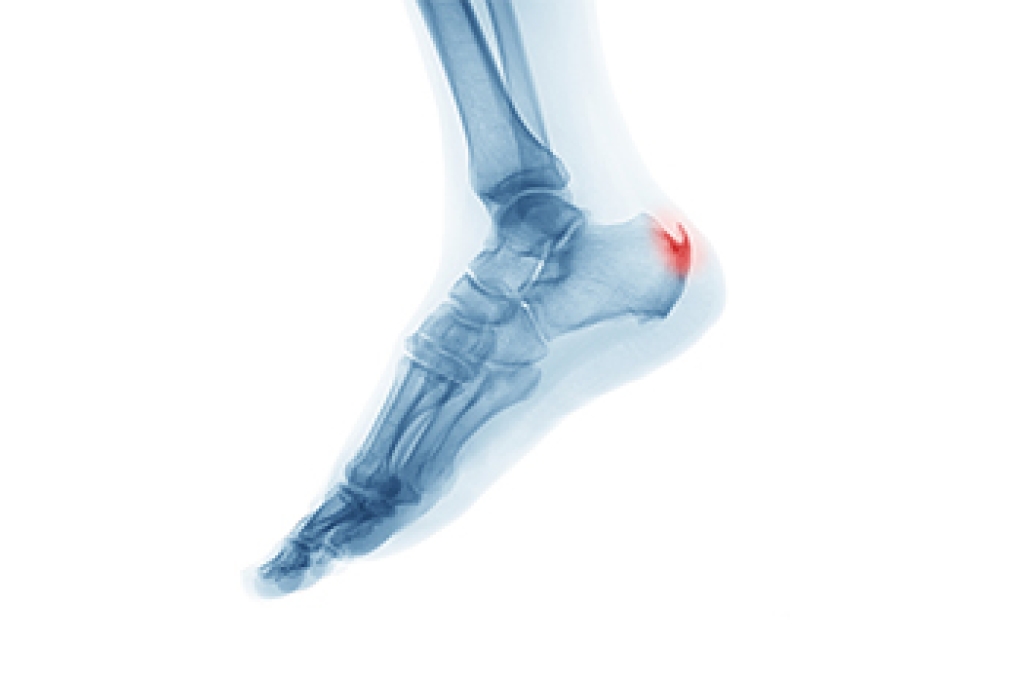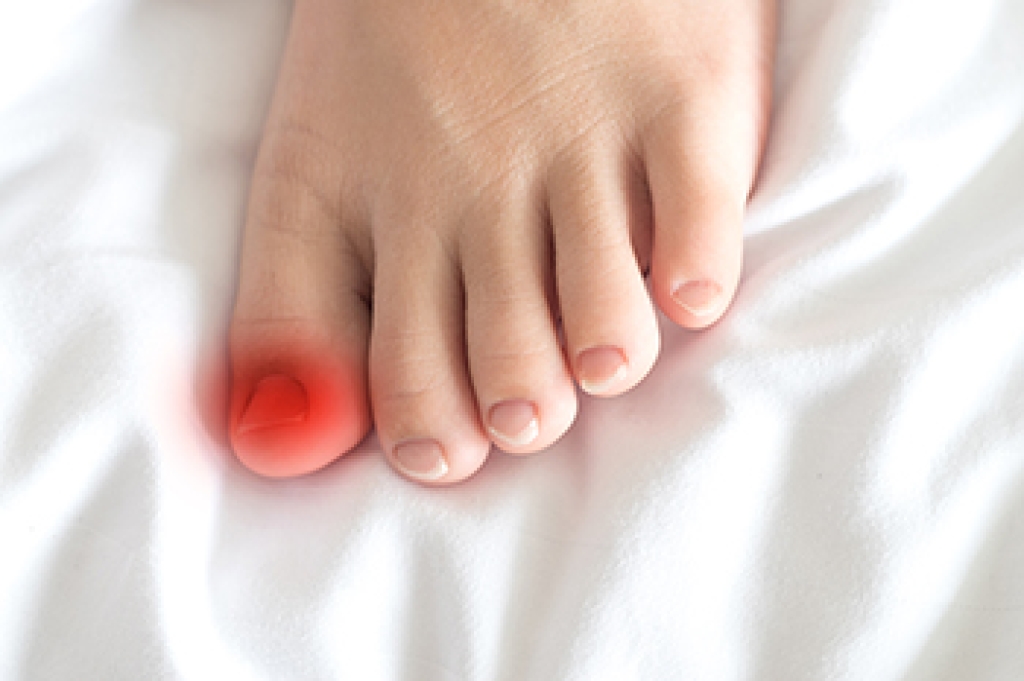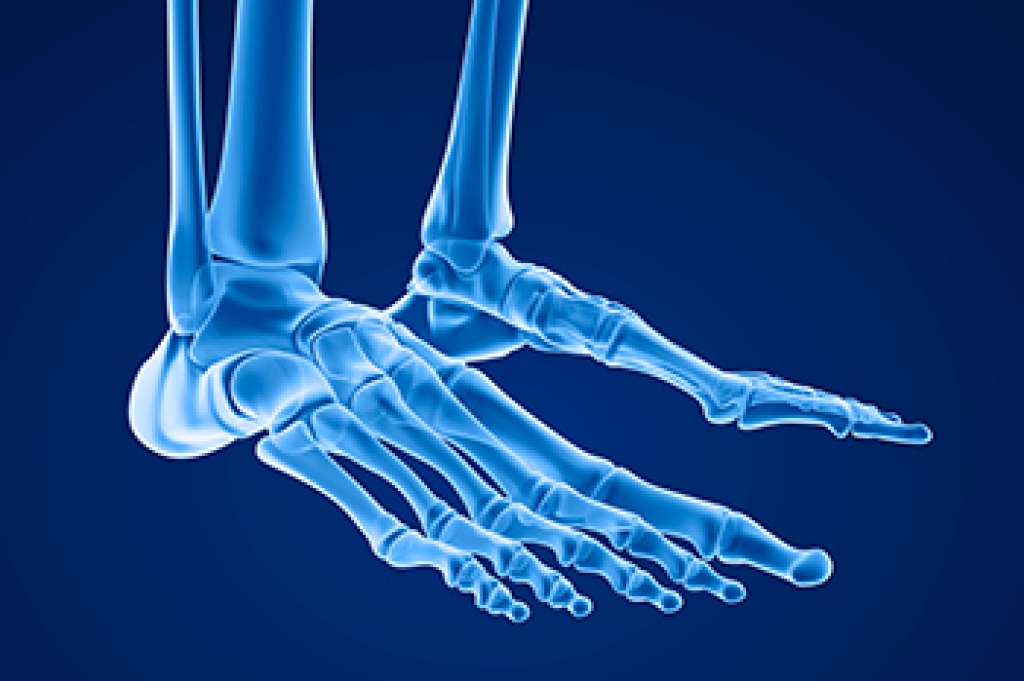
Heel spurs are bony growths that develop on the heel bone, often forming either beneath the heel or at the back where the Achilles tendon attaches. They result from ongoing stress or irritation of the bone, leading to an overproduction of calcium deposits. Over time, this buildup creates a spur-like projection. Several factors can contribute to the formation of a heel spur. Included are tightness in the plantar fascia or calf muscles, repetitive pressure from activities like running or jumping, and irritation from shoes that press against the heel. Foot injuries and chronic conditions like arthritis that cause inflammation, can also play a role. Abnormal foot biomechanics, like flat feet, may increase tension on heel structures, further encouraging bone spur development. Symptoms include sharp pain in the heel when first standing, lingering soreness after activity, stiffness, or the presence of a hard lump. If you have symptoms of a heel spur, it is suggested that you schedule an appointment with a podiatrist for an exam and appropriate treatment.
Heel spurs can be incredibly painful and sometimes may make you unable to participate in physical activities. To get medical care for your heel spurs, contact one of our podiatrists from Westside Podiatry Center, LLP. Our doctors will do everything possible to treat your condition.
Heels Spurs
Heel spurs are formed by calcium deposits on the back of the foot where the heel is. This can also be caused by small fragments of bone breaking off one section of the foot, attaching onto the back of the foot. Heel spurs can also be bone growth on the back of the foot and may grow in the direction of the arch of the foot.
Older individuals usually suffer from heel spurs and pain sometimes intensifies with age. One of the main condition's spurs are related to is plantar fasciitis.
Pain
The pain associated with spurs is often because of weight placed on the feet. When someone is walking, their entire weight is concentrated on the feet. Bone spurs then have the tendency to affect other bones and tissues around the foot. As the pain continues, the feet will become tender and sensitive over time.
Treatments
There are many ways to treat heel spurs. If one is suffering from heel spurs in conjunction with pain, there are several methods for healing. Medication, surgery, and herbal care are some options.
If you have any questions, please feel free to contact one of our offices located in Liverpool, Camillus, Skaneateles, Oswego, and Cicero, NY . We offer the newest diagnostic and treatment technologies for all your foot care needs.




